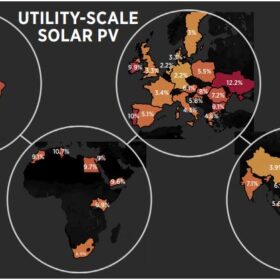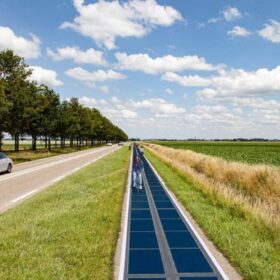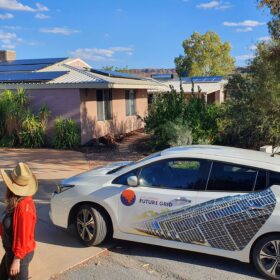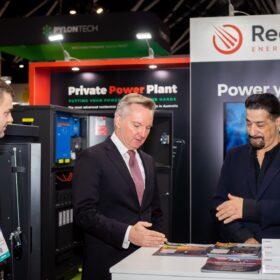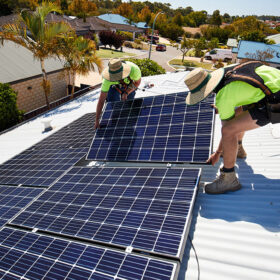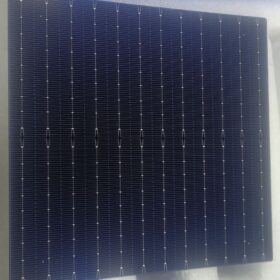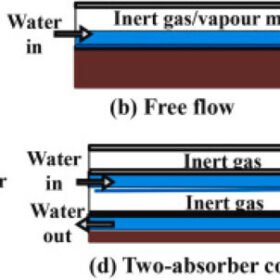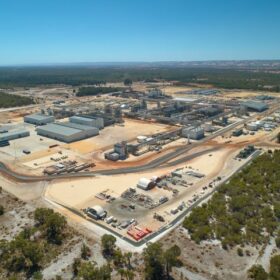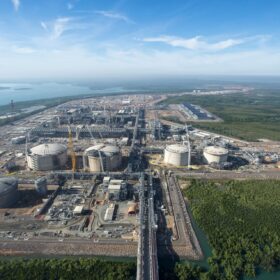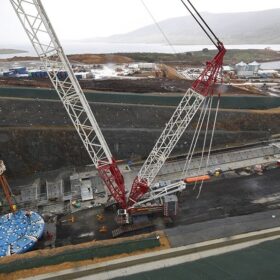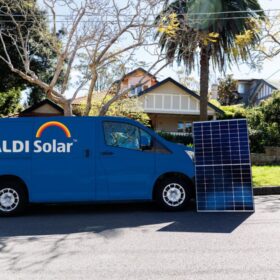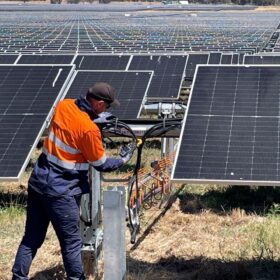Australia edged by China with cost of capital for utility scale PV
The International Renewable Energy Agency has released new data on the cost of capital for solar PV, onshore and offshore wind in the period between 2020 and 2021. Results show that Australia has the second lowest cost of capital in the Asia Pacific region at 4.6%, beaten out by China at 3.9%.
Construction begins on solar cycling path in Netherlands
Local government in the Dutch province of North Brabant will deploy a 500-metre-long solar array on a bike track and test its performance over a five-year period. The PV system will be integrated into the asphalt top layer and will consist of 600 solar panels of an unspecified type.
NT government delivers solar and storage trial for public housing
Public housing tenants in the outback town of Alice Springs are set to share in the benefits of renewable energy with the Northern Territory government launching a rooftop PV and battery energy storage trial that will help inform the planning of future public housing builds and management of solar power on current stock.
Bowen says Budget will back energy storage investment mechanism
Australia’s energy minister has revealed the upcoming Federal Budget will include support for a new revenue underwriting mechanism that is expected to unlock billions of dollars of renewable energy investment and “gigawatts of power” to support the ongoing decarbonisation of the grid.
IEA tips Australia’s ‘outstanding’ solar economics to drive rooftop growth
The International Energy Agency expects Australia’s “outstanding” economic fundamentals for residential and commercial rooftop solar will see the sector stabilise in 2023 after a new report revealed the PV market contracted in 2022.
Solar assets are underperforming expectations by 8%, what is the root cause?
The Renewable Energy Test Center (RETC) raised the issue of ultraviolet-induced degradation of the trending technology in its PV Module Index 2022.
All photovoltaic-thermal system designs at a glance
An international research team has presented all possible system designs and applications for photovoltaic-thermal (PVT) technology. Their review includes conventional PV-T collectors, air-based systems, liquid-based installations, water-based collectors, refrigerant-based systems, heat-pipe-based technologies, dual air-water systems, building-integrated PVT arrays, and concentrated PVT collectors.
US lithium giant doubles down on Australian production plans
Battery chemicals giant Albemarle will invest up to $2.25 billion (USD 1.5 billion) as part of plans to double its lithium hydroxide output in Australia to a volume that it estimates could power almost 2.5 million electric vehicles a year.
Why green ammonia may not be that green
Ammonia has been in the news because of its suitability as a hydrogen carrier and fuel, in addition to being a vital ingredient in fertiliser. Existing distribution networks and the ease of turning ammonia gas into a liquid make ammonia a cost-effective way to transport renewable energy.
Snowy 2.0 pumped hydro project faces another two-year delay
The beleaguered Snowy 2.0 pumped hydro project has been hit with fresh construction delays and added cost blowouts with concerns the multi-billion-dollar project may now not reach full commercial operation until late 2029.
